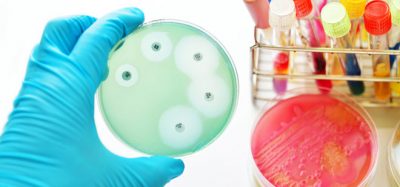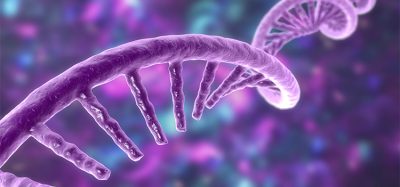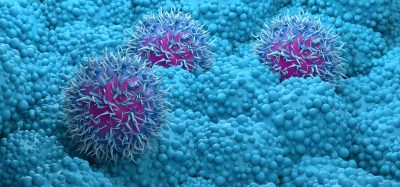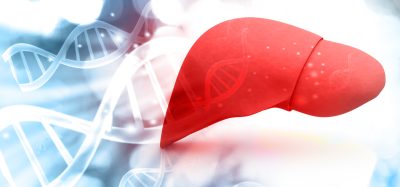Study shows structure of biocatalysts changes in certain environments
Posted: 27 April 2020 | Victoria Rees (Drug Target Review) | No comments yet
Researchers have found that the structure of biocatalysts such as enzymes depends on whether they are in cells or in the test tube.
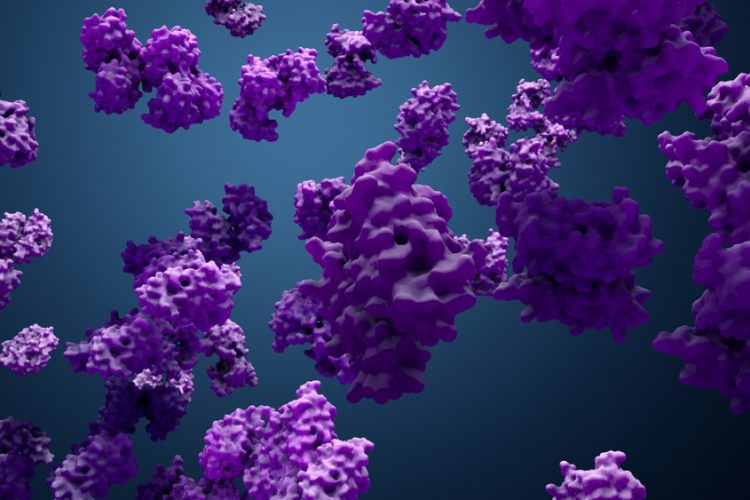
Researchers have found that the shape of enzymes such as YopO, an enzyme of the plague pathogen, can depend on whether their structure is measured in the test tube or in the living cell.
Physicochemists at the University of Bonn, Germany, say their discovery may be important for drug research.
All living cells contain proteins, which consist primarily of amino acids and as catalysts (enzymes) enable biochemical reactions that would otherwise not take place. “The type of biochemical reactions and how they occur depends on the structure of the proteins,” said Professor Olav Schiemann from the Institute of Physical and Theoretical Chemistry at the University of Bonn.
According to the researchers, proteins are not rigid, but can change their shape through movable ‘hinges’. This interactions between structure and dynamics determines what happens – the enzyme and substance must fit together like a key and lock in order to catalyse a specific process.
The scientists used a protein from Yersinia plague pathogens for their research. These trick the immune system by injecting proteins such as YopO into the attacking macrophages. YopO binds to the actin of the defending cells, causing the immune cells to no longer be able to envelop and digest the pathogens. “We used YopO because this enzyme is medically interesting and can be anchored or immobilised in a membrane,” explained Schiemann. “The latter is an important prerequisite for our measurements at room temperature.”
The researchers developed spin labels for this purpose that were specifically adapted to investigations within the cell and were attached to different positions of the protein. Using the Double Quantum Coherence (DQC) method, which works like a ruler at the molecular level, the researchers then measured the distances between the labels.
“If we know the distances between the spin labels, we can deduce which structures a certain enzyme is able to assume,” said team member Tobias Hett.
The researchers applied the DQC method to YopO in the test tube and in eggs of the African clawed frog. For the measurements in the cell, the YopO tagged with the labels was injected into the eggs with a syringe in a similar way to how the plague pathogens do at the molecular level. According to the researchers, this showed that YopO was able to take up a larger number of different structures when in aqueous solution in the test tube than in the eggs.
“YopO is structurally more mobile in the test tube than in living cells,” said Schiemann. “In cells, structures such as membranes and interactions with other proteins reduce the structural diversity of YopO.”
The researchers say that this finding not only applies to YopO, but is a fundamental principle. In the test tube, as there is no ‘corset’ imposed by other cell structures, the unfolding possibilities for enzymes are greater. The team believe that this has consequences for all studies involving biomolecules.
“Investigations of the isolated biomolecules are certainly essential. For a complete picture, however, such structures and dynamics should be studied under as natural conditions as possible,” said Schiemann.
The researchers are confident that their results are of potential interest for pharmaceutical research. “The interactions in the cell are important for the structure and dynamics of proteins,” said Schiemann. “It therefore makes a difference how the structure of enzymes is determined in the search for active substances.”
The results were published in Angewandte Chemie.
Related topics
Disease Research, Drug Targets, Enzymes, Protein, Proteomics
Related organisations
University of Bonn
Related people
Professor Olav Schiemann, Tobias Hett




